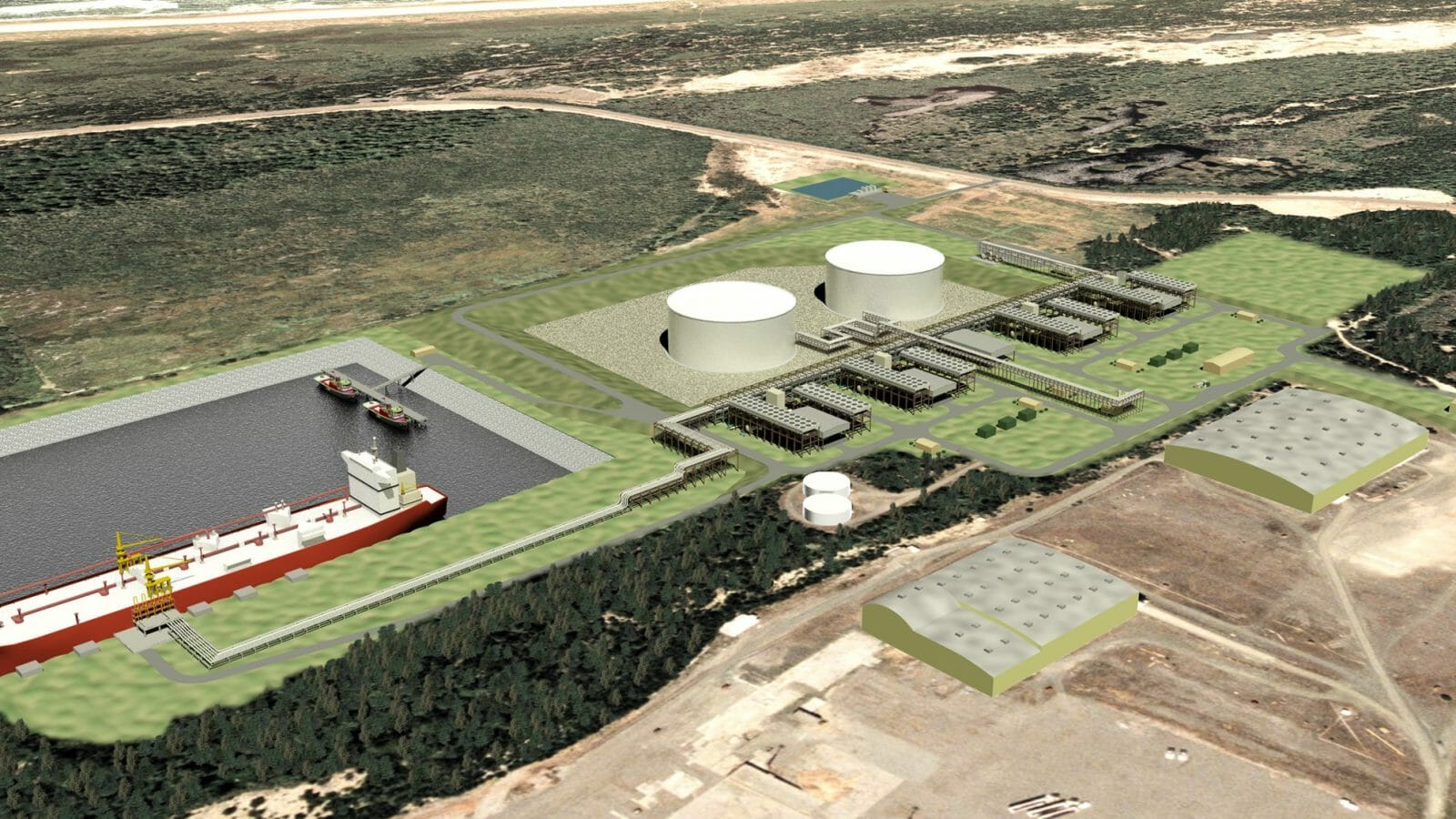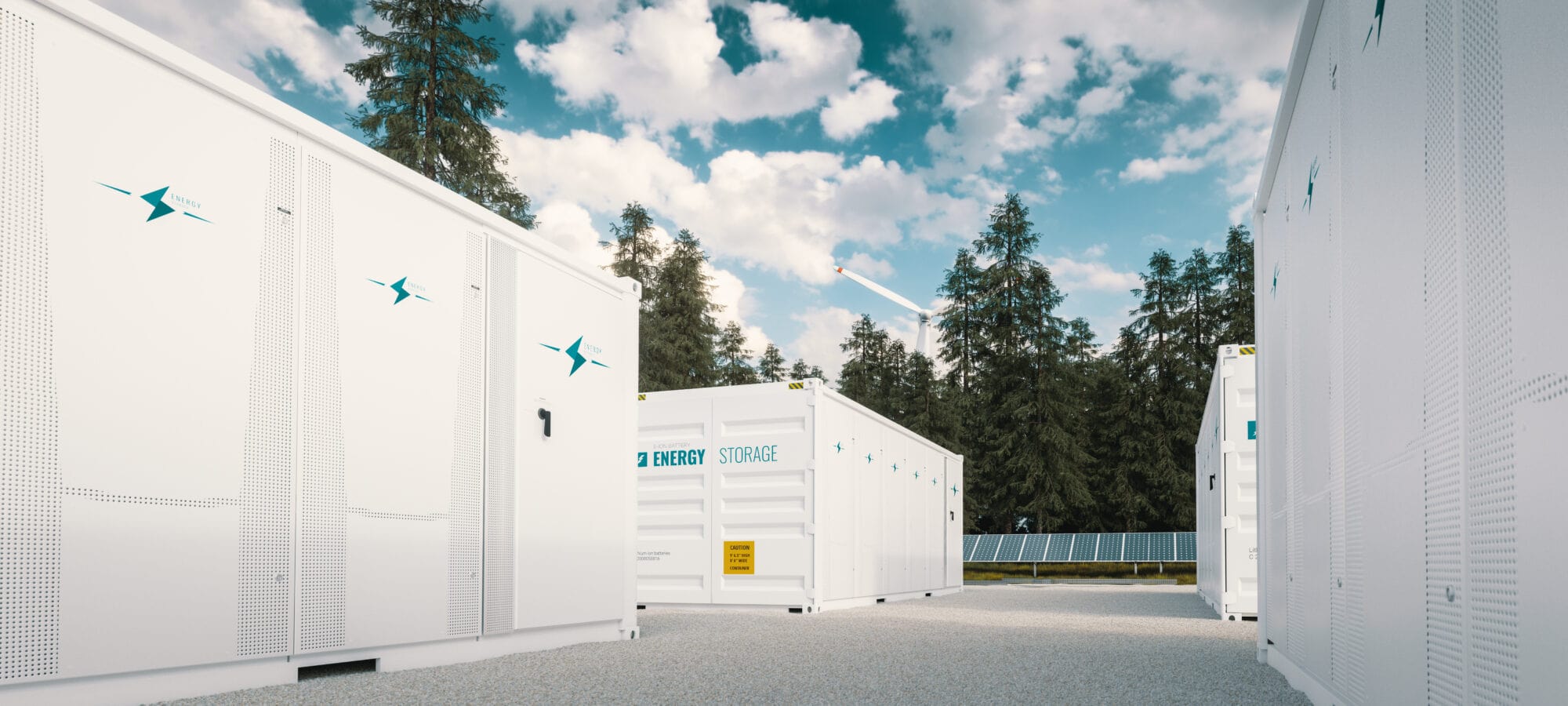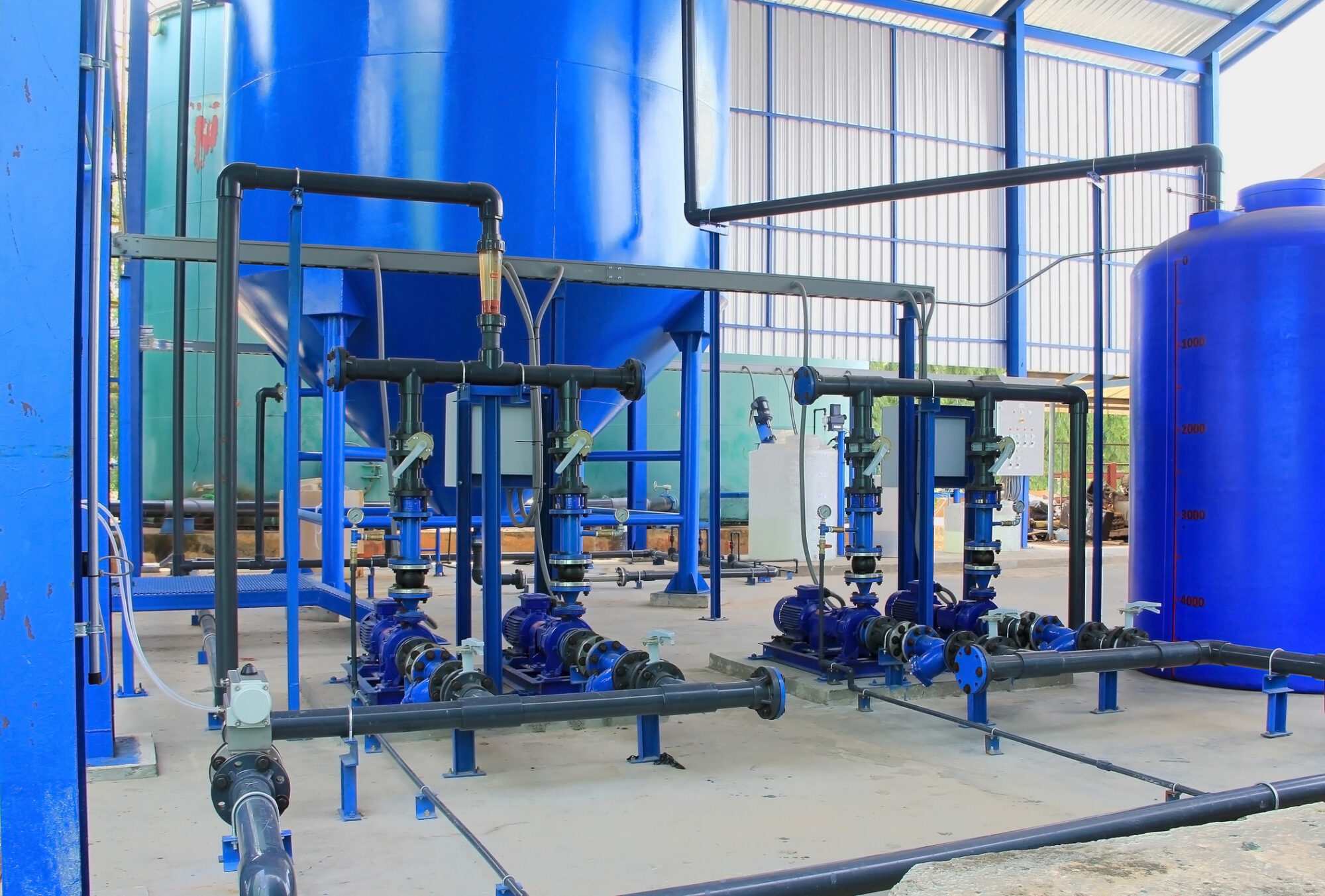Challenge
This project was part of a larger permitting project for a Liquified Natural Gas (LNG) plant and export terminal on the west coast of the US. The site was strategically located for exporting LNG across the Pacific Ocean to Asian countries. TRC was retained for this project to prepare documentation on the global Greenhouse Gas (GHG) emissions that would result from the life cycle of the project.
The client was a confidential North American energy transportation and midstream service provider, who was pursing both State and Federal Energy Regulatory Commission (FERC) permits to construct and operate a natural gas pipeline, a gas liquefaction plant and a ship loading facility.

Solution
TRC was hired to develop a high-level approximation of how much LNG production would have to be dedicated to replacing coal in order to offset the project’s GHG emissions. TRC’s calculations determined how much carbon dioxide equivalent (CO2e) was generated from a coal-fired power plant, and then calculated how much LNG would be needed to generate an equivalent amount of power from a natural gas-fired power plant. The result was that less than 0.3 million tonnes per annum (MTA) of LNG fired in a NG power generator, as opposed to a coal fired power plant, would offset the entire project emissions.
Results
After the initial engagement, the project was expanded to consider the GHG emissions generated during the entire life cycle of the LNG. The lifecycle analysis includes GHG emissions from LNG use once it leaves the project site. This analysis included the shipping in transport vessels, LNG gasification once it gets to the importing country, pipeline transport inside the importing country and GHG emissions resulting from end use power.
Achieve New
Possibilities
Partner With TRC’s Tested Practitioners
Related Projects
Discover the success we’ve had with helping our clients execute major projects and make a meaningful impact on their local communities.








